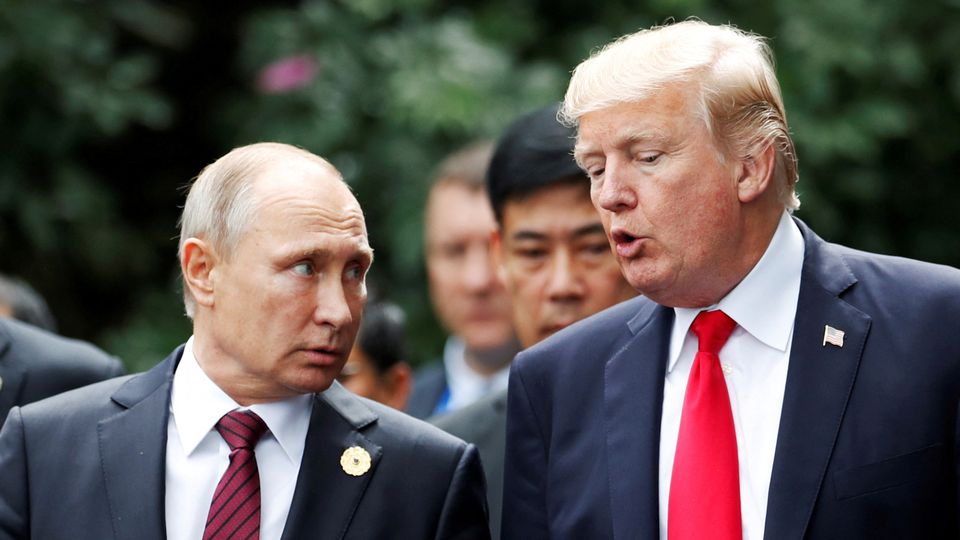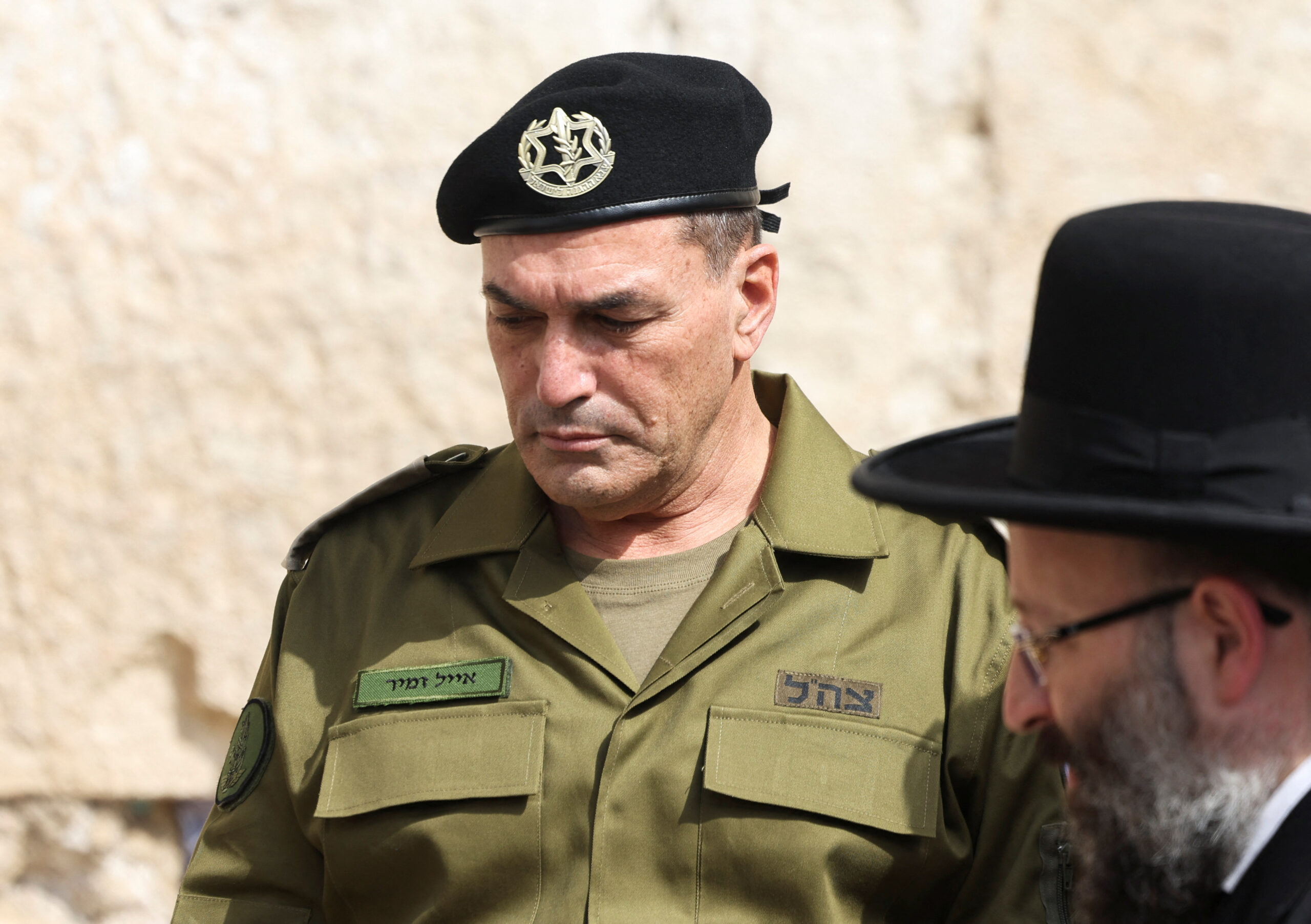WASHINGTON – A large map displayed in the Oval Office has emerged as a central symbol in U.S. President Donald Trump’s view of the Ukraine conflict, underscoring his belief that Russia’s occupation of Ukrainian territory leaves Kyiv with little choice but to consider territorial concessions.
During his Monday meeting with Ukrainian President Volodymyr Zelensky, Trump repeatedly referred to the map, which highlights in red the areas of Ukraine currently under Russian control — estimated at roughly one-fifth of the country.
“I assume you’ve all seen the map,” Trump told Fox News on Tuesday. “A big chunk of territory is taken and that territory has been taken.”
The underlying message, according to officials familiar with the talks, was clear: Ukraine may need to accept the loss of land in exchange for peace with Russian President Vladimir Putin.
Clash of Maps at the White House
Zelensky’s delegation reportedly brought their own map to the discussions, challenging what they viewed as an oversimplified U.S. presentation of the battlefield. The Ukrainian leader later said he had been “fighting with what is on that map” during the meeting, insisting that Russian control is neither absolute nor irreversible.
By Tuesday, however, Trump appeared unmoved, reiterating his position that Russia’s military advantage was undeniable:
“It is clear Russia’s force is much more powerful, and it’s not like they’ve stopped,” Trump said.
He further noted that European leaders were now privately discussing potential “land swaps” involving the eastern Donbas region.
Focus on Donbas
Before the war began in 2014, Ukraine’s Donbas region — rich in coal and steel — accounted for nearly 16% of the nation’s economic output. Today, it is at the heart of the dispute.
Putin has reportedly told Trump that Moscow’s goal remains the full control of Donbas as part of any long-term peace settlement. Such a deal would relieve Russia of significant military costs but would strip Ukraine of one of its most industrially valuable territories.
Disputed Percentages of Control
According to figures cited in the Oval Office meeting, Russian forces currently control:
- 99% of Luhansk
- 76% of Donetsk
- 73% of Zaporizhzhia and Kherson
- 4% of Kharkiv
- 1% of Sumy and Mykolaiv
Zelensky challenged these numbers, arguing that the methodology exaggerated Moscow’s dominance in some regions. Independent analysts, such as those at the Institute for the Study of War (ISW), have presented similar though not identical estimates, noting that some areas labeled “occupied” may in fact be contested or only partially controlled.
For example, in Mykolaiv and Sumy, Russia maintains a limited presence, but Ukrainian forces have largely repelled major advances.
Ukrainian Resistance Remains Firm
Despite the grim map figures, Ukrainian officials stress that major cities like Kramatorsk and Slovyansk in Donetsk remain under Kyiv’s authority, with an estimated 242,000 civilians living in Ukrainian-controlled areas.
Zelensky has repeatedly vowed that no Ukrainian government would agree to cede territory to Moscow. “We are fighting for every city, every street, every home,” he said in recent remarks.
A Divisive Symbol
The Oval Office map has thus become more than just a visual aid — it represents the stark divide between Trump’s pragmatic call for compromise and Ukraine’s refusal to accept territorial losses. As the war drags on and discussions of possible peace frameworks intensify, the battle over maps and percentages may prove just as important as the battle on the ground.




